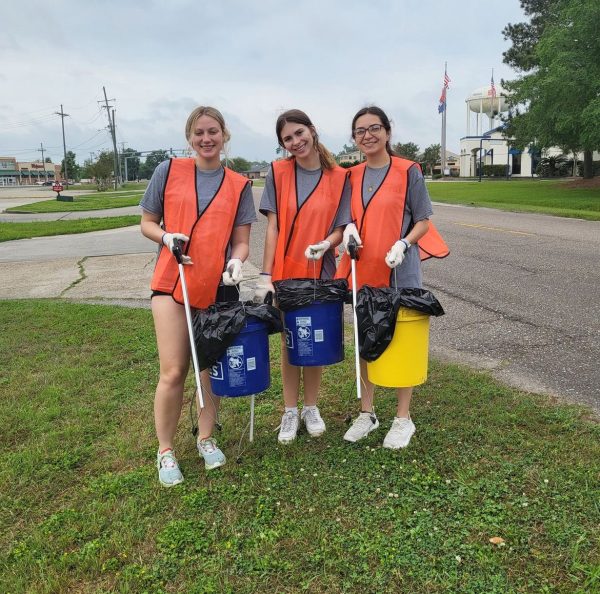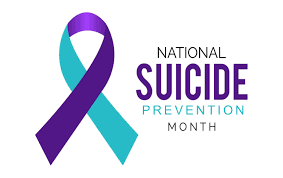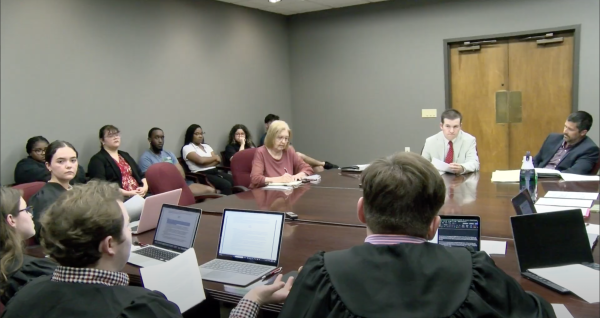ALS Ice Challenge is example of social media’s power
Unless you’ve been living under a rock for the past few months, you’ve probably seen your fair share of ice challenge videos on various social media sites, and some people they are tired of seeing them, despite the charitable reasons these challenges are done for.
It is almost like clockwork that a new “challenge” sweeps the country, and everyone takes to social media to be the latest ones to conquer that challenge. Recently, the fire challenge has gained popularity among those that are so determined to earn their fifteen seconds of fame that they are willing to light themselves on fire. These are the types of things that have given any internet challenge a negative connotation.
However, there is nothing negative about the ice challenge.
The ice challenge first received media attention in the United States when personalities on the Golf Channel program Morning Drive did the challenge. It is believed that golfer Chris Kennedy, whose husband has had ALS for 11 years, was the first to shift the focus of the ice challenge to ALS. Former Boston College baseball player Pete Frates, who also has ALS and is a patient advocate, further strengthened the sports connections of the challenge and its focus on ALS.
For those unaware of what the ALS ice challenge entails, people challenge one another to dump a bucket of ice water on their heads and donate $10 to ALS research within 24 hours of being challenged or donate $100 to ALS research.
ALS, or Amyotrophic lateral sclerosis, often referred to as “Lou Gehrig’s Disease,” is a progressive neurodegenerative disease that affects nerve cells in the brain and the spinal cord. The progressive degeneration of the motor neurons in ALS eventually leads to their death. When the motor neurons die, the ability of the brain to initiate and control muscle movement is lost. With voluntary muscle action progressively affected, patients in the later stages of the disease may become totally paralyzed.
On Aug. 25, it was reported that the ALS Association (ASLA) had received $79.9 million from 1.7 million donors since July 29 because of the ice challenge. In the same period last year, the organization raised $2.5 million. ASLA raised $64 million in 2013. Other organizations have also seen a large uptick in donations because of the challenge.
Detractors will say that those challenged are only completing it to avoid donating more money, which may be true for some, but the money is not the only reason to complete the challenge. They will say that the ice challenge promotes “slacktivism” for people who use the challenge to get out of donating to ALS research. However, the ice challenge promotes awareness of ALS, a disease that affects 30,000 Americans at any given time. Every time someone posts a video to their social media accounts and explains that it is for the ALS ice challenge, that is another number of people who may potentially take to the internet to find out what ALS is.
Others will say that people are wasting water. ALSA recommends that those in areas with water shortages repurpose the water or choose another way to donate. Actor Matt Damon decided to use toilet water to complete the ice challenge, and other participants have donated money to clean water initiatives around the world.
The ice challenge will forever change the way that non-profit organizations promote awareness and raise money for their cause. Social media is providing a platform for anyone to support causes that may have gone unnoticed before the likes of Facebook, Twitter or Instagram became as entrenched in our lives as it is now.
The amount raised is surely only a drop in the bucket needed to fund ALS research, but any attempt to increase awareness and research money for a disease as aggressive and deadly as ALS can only be applauded.
Remember the next time you find yourself annoyed at how many ice challenge videos you’ve seen and want to complain about it on your timeline, it’s a lot more beneficial than the fire or cinnamon challenges.













